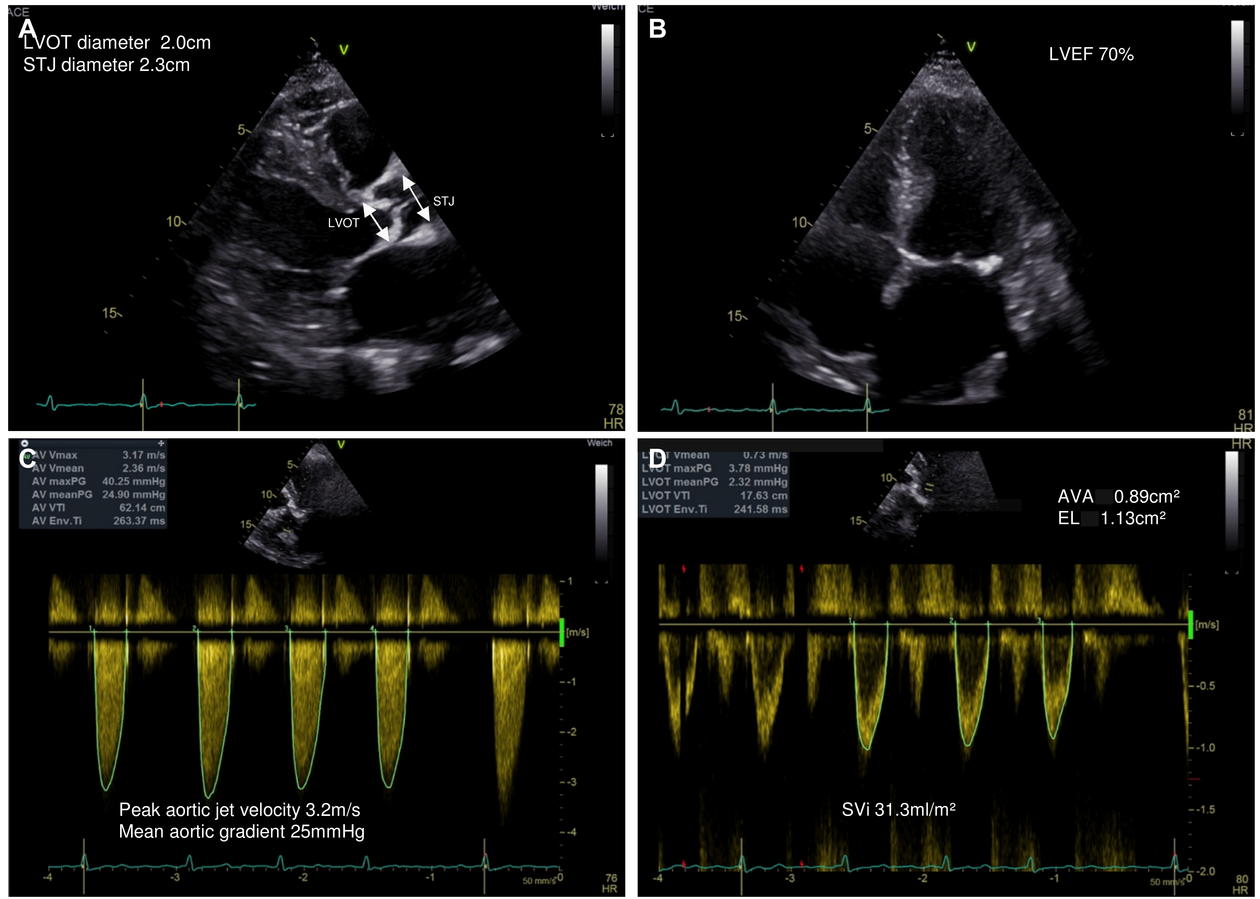Aortic valve stenosis
Aortic valve stenosis is a major theme in our research. Our current two research projects include an international multicenter study on hypertension and sex differences in aortic stenosis, and a project using 3-dimentional and specle tracking echocardiography to asses heart function in Norwegian patients with aortic valve stenosis.
Main content
Hypertension and sex differences in aortic stenosis
This project is an official substudy of the international Simvastatin Ezetimibe in Aortic Stenosis (SEAS) study. A total of 1873 patients with mild to moderate asymptomatic aortic stenosis were randomized to double blind placebo-controlled treatment with combined simvastatin 40 mg and ezetimibe 10 mg once daily and followed for a median of 4.3 years (Rossebø AR. Am J Cardiol 2007 and NEJM 2008). The Bergen Hypertension and Cardiac Dynamics Group performed the echocardiography core laboratory service for the SEAS study, involving collaboration with 173 medical centres in 7 European countries. The hypertension substudy focuses on the impact of hypertension, blood pressure components and body composition on cardiovascular function, aortic stenosis progression and outcome in women and men. Clinical Trial Registration: www.clinicaltrials.gov NCT00092677.
Our findings from this study have provided the basis for the recently published recommendations for the treatment of high blood pressure in patients with aortic stenosis. Our studies have also documented gender differences regarding how the heart adapts to aortic stenosis.
Eigir Einarsen (PhD candidate): Impact of Obesity on Persistent Left Ventricular Hypertrophy after Aortic Valve Replacement for Aortic Stenosis
Edda Bahlmann (consultant PhD): Aortic root and stiffness in aortic stenosis
Dana Cramariuc (consultant PhD)
Contact person: Eva Gerdts (eva.gerdts@uib.no)

Effect of aortic valve stenosis on myocardial strain, rotation and twist
The 3D aortic stenosis study is assessing left ventricular systolic function in patients with different severity of aortic valve stenosis. The study uses 3-dimensional and 2-dimensional echocardiography and is a collaboration between several hospitals in the Helse-Vest region. We have earlier published work on the effect of aortic stenosis on the heart and shown that longitudinal strain by speckle tracking is a good marker of subclinical dysfunction. New echocardiographic methods can give additional insight into this disease, several new 3D and 2D measurements is investigated in this study. 3D echocardiography has now been developed into a practical clinical method and is particularly useful for assessing different indices of left ventricular global function.
Johannes J. Hjertaas (PhD candidate): 3D strain and torsion in grading of aortic stenosis
Eigir Einarsen (PhD candidate): Impact of arterio-ventricular interaction on First Phase ejection fraction
Collaborators: Saharai Saed, Stig Urheim, Marina Kokorina and Eva Gerdts
Contact person: Knut Matre (knut.matre@uib.no)
